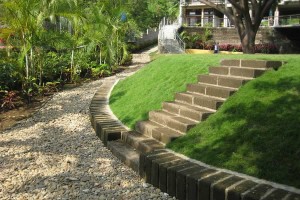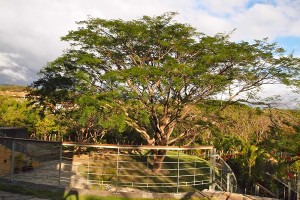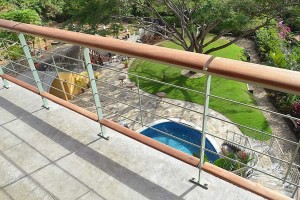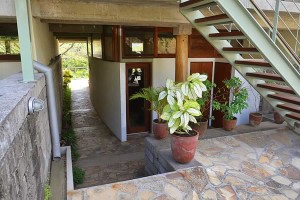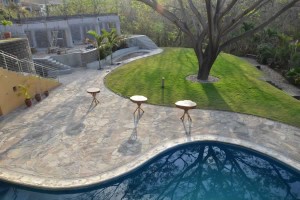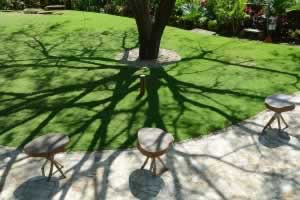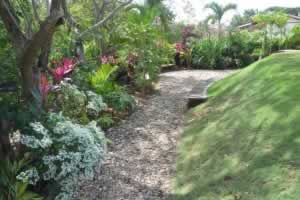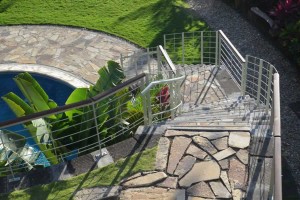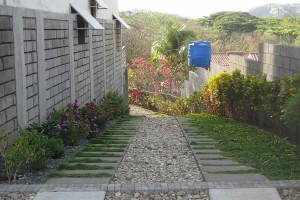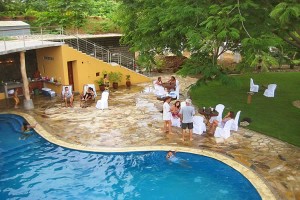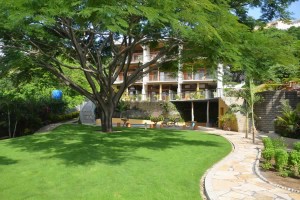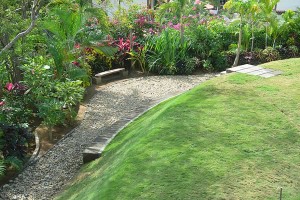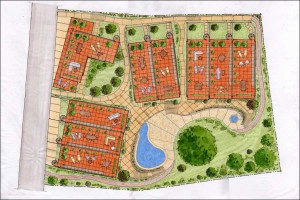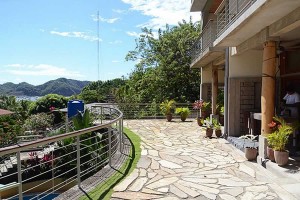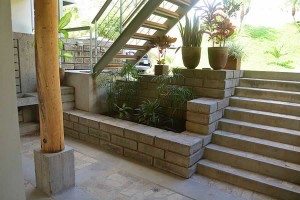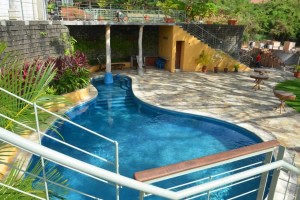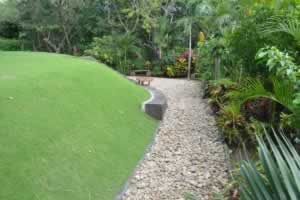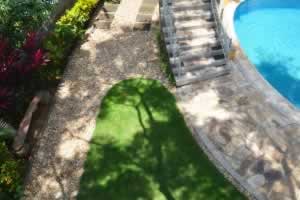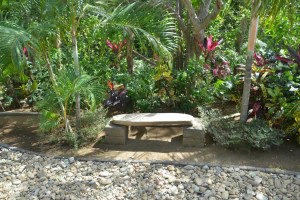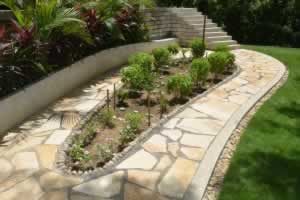Landscape & Community
GROUNDS AND GARDENS at the Townhomes are inspired by the public space traditions of the new world, including American Town Greens and Squares, Latin American Parques and Jardins, and the Landscape Park Movement of the later 19th century. These new public landscapes delivered several benefits to the larger population, including: organizing the surrounding buildings and streets; acting as a place for relaxation, socializing, community events, and physical activity; and, forging a new sense of shared investment in community.
The site strategy is modeled after a typical Townhouse Green; a large rectangle of landscape is edged by Townhomes, and surrounded by a perimeter of streets continuous with the neighborhood’s grid of streets. Alternatively, the Green can be thought of as a city block within the street-grid left empty of buildings.
By grouping buildings together, reducing the size of private gardens, and minimizing land devoted to vehicles, open-space is pooled into a larger collective landscape. Examples of Townhouse Greens are found in many historic cities including Savannah, New Orleans, Baltimore, Philadelphia, Charleston, Boston, New York, London, and Amsterdam.
Like the relationship between a Townhouse Green and surrounding street grid, at the Townhomes, the Green’s perimeter walk integrates with a tightly woven network of gardens and green passageways. The result is that landscape and architecture engage through contrast and interdependence; landscape is not a passive compliment to architecture, but a co-protagonist, fully sharing the stage. The symbiotic relationship between buildings and gardens is heightened by the contrast of the curves and organic forms in the grounds versus the straight lines of the buildings.
THE GUANACASTE TREE dominated the land when Jeff first visited in 2006. And so he knew the tree would remain as the physical and spiritual heart of the Townhomes. Today the Guanacaste anchors the Community Green; filling views from every Townhouse and pathway, and cooling the Green with its shade. From the roofs of the Townhomes looking south along the coast, you can see the mountains of the Guanacaste region of Costa Rica, named after this beloved species of tree.
OTHER DESIGN THEMES IN THE LANDSCAPE include: making the gardens feel bigger; creating the feel of forest edge at the site’s perimeter; contrasting textures and materials; and, productive gardens with herbs, vegetable, as well as fruits and citrus trees.
To make the gardens feel big, all built elements – pool and grotto, retaining walls and stairs, pathways, benches and planters – blend with the landscape; extending its curves and organic, rustic character.
Two sides of the Green fill the site to its border along ocean stone paths, and so are designed as the edge of a tropical forest. A background of Jasmine and an irregular rhythm of Robeliano and Miami Palms provide structure and continuity, into which a variety of trees, plants and flowers are woven. These smaller plantings introduce contrasting scales, lines and points of color, and variety of leaves.
The contrast and coexistence of materials and textures is a consistent theme in the gardens; in layers of plantings, the construction of walls and built-in furniture, and at intersections. Materials and textures include: the Guanacaste tree, zoisa grass of the lawn, tropical planted edges, ocean stone pathways, yellow laja stone, piedra canterra (quarried clay stone), poured concrete, concrete bricks, and painted stucco.
Productive plantings are integrated into the gardens including herb and vegetables. as well as fruit and citrus trees. A detailed description of sustainable qualities can be found in the Green Themes section.
LANDSCAPES TO LIVE IN means the gardens are much more than a visual amenity . . . they are designed and built to be used in a variety of ways. Cool off or layout at the Pool and Grotto; barbeque, picnic, practice yoga, or read in the shade of the Guanacaste on the lawn; stroll the perimeter of the Green, or the whole site; relax, or share more intimate moments on one of the many benches or stairs, or at “La Copa” in the lower corner of the Green; pick herbs, fruits and vegetables for your favorite dish or drink . . . or, get some dirt on your hands and do some gardening.
OTHER INSPIRATIONS FOR THE LANDSCAPE were found in the work of Antonio Gaudi (Spain), Roberto Burle Marx (Brazil), Luis Barrigan (Mexico), and Milton Avery (US), F. L. Olmstead (US).
